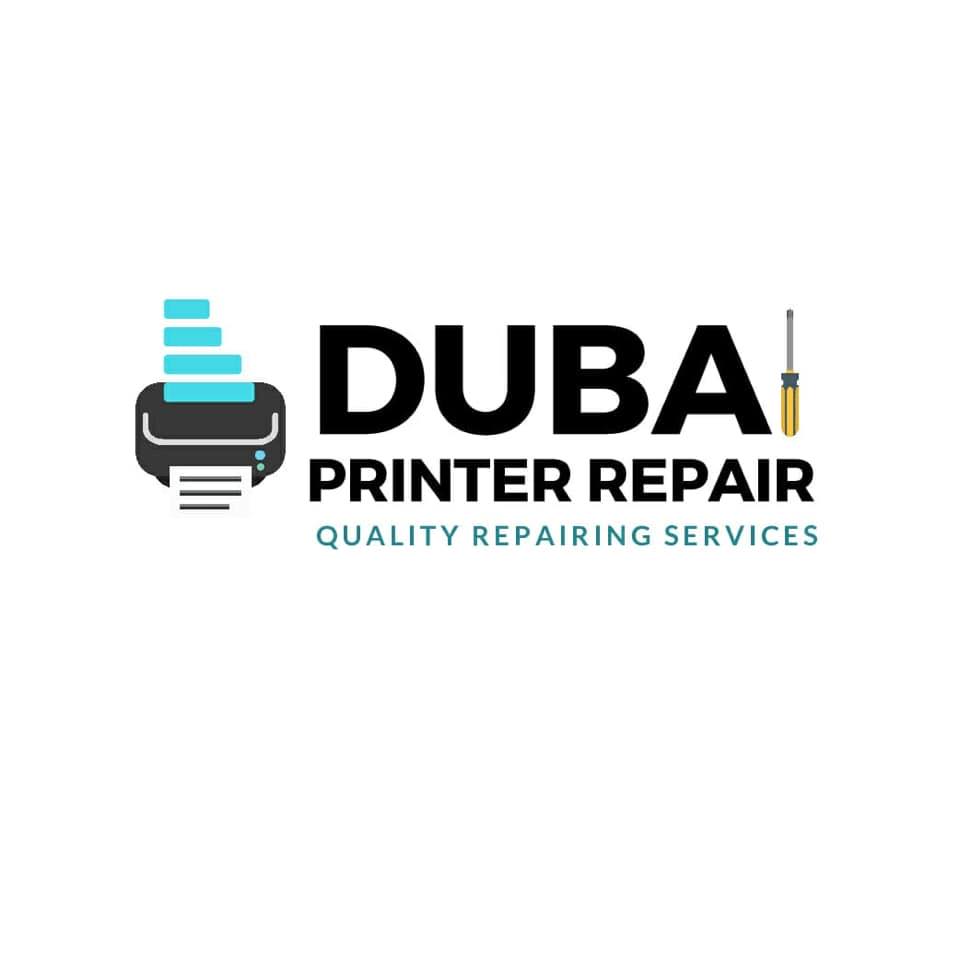
How To Repair Printer
Prevention of inkjet printers.
Everyone who has leather shoes knows that for shoes or boots to serve for a long time they must be kept clean and used ...
Everyone who has leather shoes knows that for shoes or boots to serve for a long time they must be kept clean and special creams used, otherwise soon instead of shining shoes you will have two outskirts with bursting leather. Everyone who has a car knows that for it to work for a long time, you need to regularly change the oil and do other maintenance. Everyone knows for themselves: to be healthy, you need to be tempered and lead a healthy lifestyle. Everyone needs proper care. Without proper care, everything: from the boot to the person, has every chance of living an unreasonably short life. Inkjet printers are no exception. But do everyone know the rules of prevention and comply with them? For printers that are heavily used (and many printers are used intensively due to the low cost of continuous feed systems), it is very important to regularly perform some procedures that are beyond the scope of the user guide for the home printer. We’ll talk about them.
So, here we have on the table this miracle of modern technology has appeared: an inkjet head printer in which hundreds of tiny nozzles spit ink droplets of paper onto paper in the strictest order with great speed. These micro drops, laid neatly one to the other, form a clear, juicy, vivid picture, the creation of which 30 years ago was only available to devices that occupy a small room and cost more than a car. Did you know that the volume of one drop of ink that flies out of the nozzle of the print head is a few picoliters, that is, several billionths of a milliliter? A few tens of millions of drops of an inkjet printer will fit in droplets of a medical pipette. Here's a drop of ink against a human hair:
The printer needs not only to measure such a tiny drop but also to lay these micro drops right next to each other! Needless to say, the printer mechanism should work like a clock, if we want it to deftly operate such droplets, delighting us with high-quality photos.
How can we help the printer in his hard work?
First, of course, when all these micro-dimensions are mentioned, dust comes to mind - after all, it also has similar dimensions. And it is right. The cleaner the printer and its surroundings, the fewer problems there will be. Practice shows that home or office dust in normal amounts does not have a negative effect, but if the dust hangs in the printer in shreds, then problems can not be avoided. Do not be lazy while cleaning the room to wipe the printer outside with a damp cloth, as well as look inside the paper tray and also wipe it from dust. In addition, building dust and other such contaminants are detrimental to the printer, so the printer should be wrapped in cellophane for the duration of repairs or long-term storage (this, however, applies to any other equipment).
There is one more pollution that is more dangerous for the printer than dust: it is ink. During printing, part of the ink is necessarily sprayed inside the printer (small “fragments” of droplets form something like an aerosol, which, like a micro fox, disperses inside the printer when printing). This process is not visible to the naked eye, but its consequences are very noticeable: a gray-green coating on all the inside of the printer. There are two ways to radically combat this plaque:
From time to time, you can completely rinse the printer, taking it apart. This approach is used by professionals, those who are well versed in the printer device. For a home user, of course, it is of little use.
You can drastically reduce plaque by printing photos with margins. The fact is that when printing with margins, ink flies almost exclusively onto paper, paper absorbs ink well, so free-flying “splinters” of droplets hardly form. When printing borderless, part of the ink falls past the paper, and these drops, falling on the printer, form the bulk of the droplets that fly apart.
But long before the printer needs to wash completely ink “fog” can ruin your life, sinking on the feed rollers.
Washing the entire printer for one roller is not practical, so you can try cleaning the roller itself. To do this, you can place a sheet of ordinary office paper in the input tray, drop a drop of water or liquid on the sheet to wash the heads of inkjet printers in the place where the roller marks appeared on the paper and press the paper feed button (or send an empty sheet of paper to print if there is no such button on the printer). This sheet, passing through the paper path, dampens the roller, and the liquid dissolves the ink. Next, you need to take a few more sheets of the same paper (it is better, of course, to use drafts, but not wrinkled) and drive the paper a few more times until all the liquid from the roller passes to the sheets of paper. When the sheets begin to come out clean, the procedure can be considered successfully completed.
So, we have sorted out the pollution, now let's look at the opposite danger: lack of liquid. I think everyone knows that if there is no ink in the print head for a long time, then it can dry out. Of course, it only says that “the head is dry”, the remaining ink in the head dries. And having dried up, they clog the thinnest tubes through which ink moves in the head. This problem is less relevant for water-based ink printers (they are quite difficult to dry tightly), but for pigment-based printers (and many home printers are) it is very easy. In order not to bring the matter to cleaning, you need to follow a simple rule of prevention: print from time to time anything: at least a photo, even just a nozzle test. What matters is not the amount printed, but regularity.
The next important step to get rid of problems with the print head is to prevent ink from getting inside the head. This is due to the fact that, as they say, “a holy place does not happen empty”: if the ink runs out in the cartridges, then they will also run out in the print head (except for a small amount smeared on the walls, which will begin to dry out intensively). Naturally, the air gets into the place of ink, nothing more. It will cause two problems: the already mentioned acceleration of ink drying and the second problem: once it gets into the head, the air does not really want to leave it. In the best case, you will have to do one or more cleanings and spend some valuable ink on them, at worst, lose a lot of time and possibly money if you cannot clean the head yourself. Therefore, every time, going to print,
There is another option for where air can come from the CISS, and from there penetrate the head: the ink itself contains a certain amount of dissolved air, which is gradually released and accumulates in the cartridges. If in the refilled system after the appearance of the strips they not only do not disappear during cleaning, but also increase in quantity, or randomly appear and disappear, then most likely there is too much air in the cartridge and ink cannot continuously enter the head. Also, a harbinger may be the air in the loop, where the loop is attached to the cartridge: a few centimeters of air should be an alarm for you. How to remove air is written here, I will not repeat.
If you have a broken laser or inkjet printer, multifunction printer, plotter, or you need to refill cartridges, our engineers will make a quality repair or refueling. Free diagnostics and departure in Dubai. You can calculate the approximate cost of repairs or refills using our repair and refueling calculator


